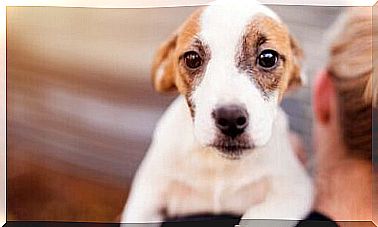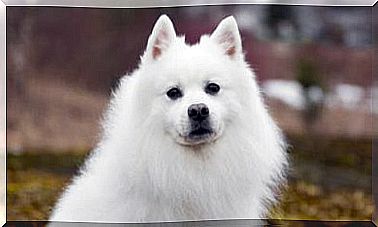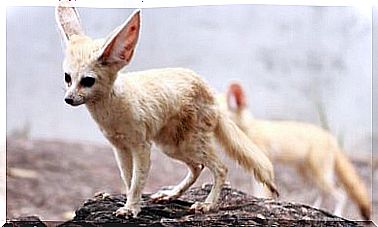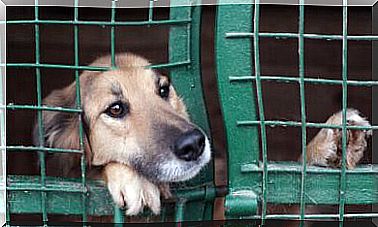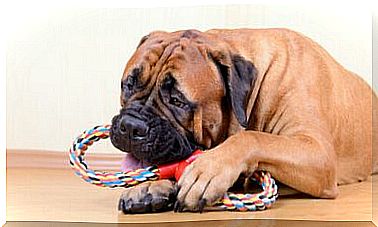Acne In Pets
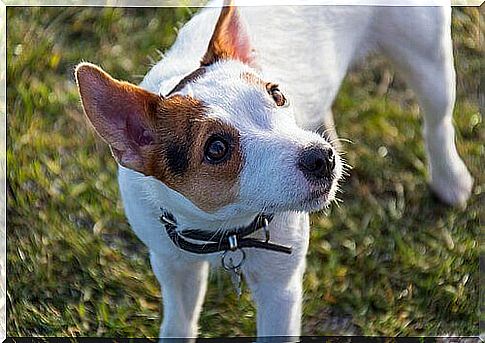
Although it seems impossible, animals can suffer from acne. As in people, acne in pets is caused by hormonal disturbances, although there may also be hereditary factors associated with this condition.
Acne is the infection of a hair follicle in the skin; although it does not have serious medical consequences, it is important to take care of the infection.
This rash in pets occurs at the age of puberty, between 3 and 12 months of age. Only in a few cases has acne been observed in adult animals.
How Acne Appears in Pets
The most common areas where acne appears are the head, extremities and spine; also on muzzle and genitals. This skin infection is more common in short-haired dogs, as the follicles are clogged with the same sebum as the skin. This can also be seen in cats.
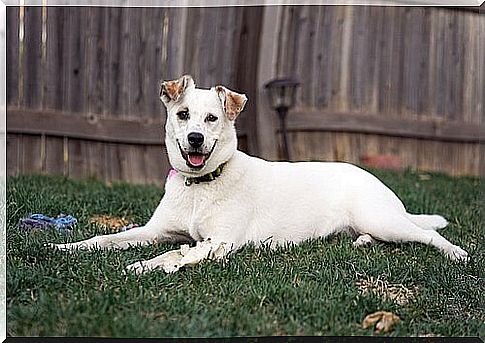
It is noteworthy that acne in pets is the same as in people : skin bumps and abscesses, reddened skin with pus, which is popularly called pimple. In some cases, acne or pimple is internal ; therefore, your appearance will be just a bulge.
The problem can often go unnoticed, so it is important to take a good look at the dog at bath time. Also, as you stroke or brush it, you may notice lumps.
In animals, acne can cause itchiness or discomfort, which causes dogs to itch regularly. In many cases this can cause more infections in the area. For these reasons, it is important to keep the affected area clean.
Recommendations for Treating Acne in Pets
Acne evolves and improves when adulthood is reached. By the age of about a year of the pet, the signs begin to fade or become imperceptible.
However, in the presence of acne it is possible to take some measures that will improve the animal’s appearance. Likewise, the discomfort caused by the lump can be treated.
- First, it’s important to keep the dog clean. Using a proper shampoo, it is possible to reduce the presence of fat or sebum on the skin, which is what causes the clogging of pores.
If the pimple is already present, cleaning becomes even more necessary. On days when the animal is not bathed, the affected area should be cleaned with a little hydrogen peroxide (hydrogen peroxide) and cotton.
- Products that are not suitable for animals should not be applied. Among other things, because they can further irritate the affected area or generate some kind of allergy.
- Products developed for the care of acne in people can dry out the skin of animals.
- The temptation to squeeze or break the spine must be avoided ; this can cause more infections and even the formation of an abscess. Once the pimple matures, it explodes on its own and disappears.
- It is always important to visit the specialist. An evaluation can rule out a hormonal disorder as a result of acne in pets, especially if it is an adult animal.
- Only in some cases is it advisable to use antibiotics or anti-inflammatory drugs, usually when acne is chronic. Always remember that dispensing any medication must be done under the supervision of a specialist.
Home Treatments for Acne in Pets
Although the recommendation for any pathology or condition is to visit a specialist, there are some options that can be used. There are some topical treatments that improve acne in animals, although before that it is important to clean the affected area.

- For example, marigold is a plant known for its anti-inflammatory and antiseptic effects. It is recommended to dilute five drops of calendula tincture in 100 ml of water and then apply to the affected area. The plant should not be applied directly to acne, as this can make the condition worse.
- Another recommended element is aloe vera (aloe), which can be found in different formats: gel, tincture and cream. Whenever possible, you should choose the natural presentation, as commercial products always contain perfumes and dyes.
- Aloe vera is an astringent plant that quickly reduces acne.
- Green tea leaves also have healing properties for acne or pimples. You can apply the tea or sachets directly to the affected area; this will serve as an anti-inflammatory.


